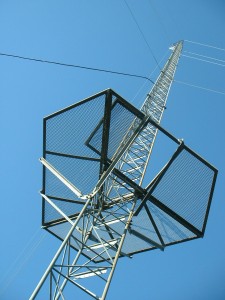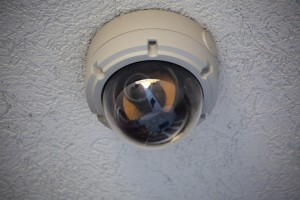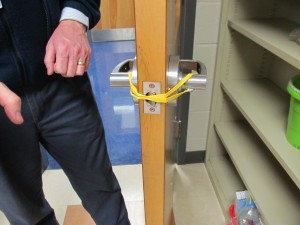School Attacks
A Minnesota teen revealed to police the extent of his plans for a school attack. His plan was to “destroy everyone”. He planned on entering Waseca Junior and Senior High School, throwing Molotov cocktails and pipe bombs. When the SWAT team arrived, he planned on killing himself.
He planned on killing his family as well, as he “wanted as many victims as possible”. He acknowledged that they had done nothing wrong, that he had not been bullied, and claimed mental illness as the source of his violent fantasies. He worked to hide them from others, especially his family.
School Attack Analysis
Here we see another school attack plot based upon Columbine, the unholy gift that keeps on giving. Like other school attacks, the perpetrator was going to kill himself at the first sign of armed opposition. Like other school attacks, the plan was to involve explosives, seeking a high body count.
According to audio tapes of his interrogation, the attacker hid his plans from everyone, yet there were You Tube videos posted showing him playing with knives and experimenting with homemade explosives. This is called leakage, and is one of the warning signs to look for. Other warning signs can be found in the following video:
Schools should be training their staff to look for these warning signs, and should have multidisciplinary threat assessment teams to evaluate students that exhibit clusters of signs. The US Department of Education has created a great tool, along with the U.S. Secret Service. Schools can conduct a threat assessment inquiry, in which the school seeks to assist the student. They can also conduct a threat assessment investigation, for those times in which a threat has been made.
In either case, the goal is to get as many qualified, trained minds working on the assessment as possible. This assessment requires a working relationship with local first responders. It also requires a lot of coordination.
Plan well, plan ahead.


